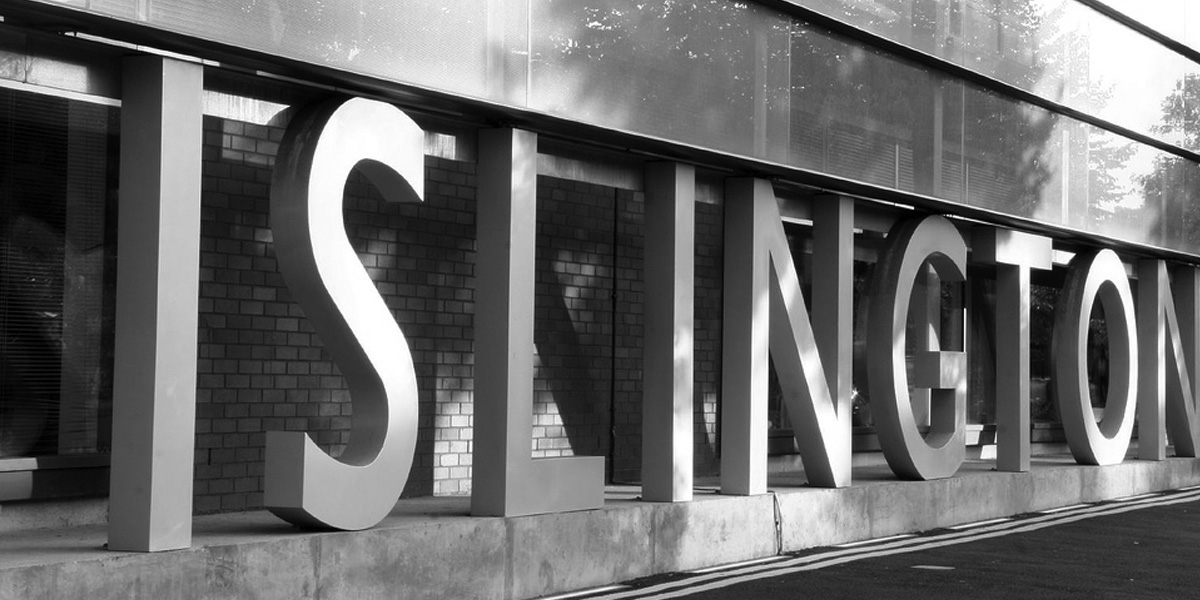Super-gentrification, inequality and Islington
London has become a breeding ground for inequality. Growing income disparities and the widening gap between the housing haves and have-nots are becoming increasing visible. Nef’s recent research in the London Borough of Islington exposed not only the extent and speed...
London has become a breeding ground for inequality. Growing income disparities and the widening gap between the housing haves and have-nots are becoming increasing visible. Nef’s recent research in the London Borough of Islington exposed not only the extent and speed at which divides are growing but also the damaging impact on residents and the social fabric of the community.
Super-gentrification in Islington
Islington, a central borough in the north of London, is known for its plush bars, restaurants and boutiques. But the area has not always had this image – back in the 1970s the area was better known for its gangs and as a consequence the stunning three and four storey Victorian houses did not demand the dizzying price tags they do today. Early gentrifiers included teachers, social workers and others on relatively humble wages.
Fast-forward 40 years and Islington has moved into a phase of ‘super-gentrification’ with middle earners being pushed out. As a consequence, the demographic make-up of Islington shows a startling contrast. A transient young professional group is sandwiched between poor families living in social housing and a very rich group of families occupying prime property in the area. The income gap is considerable – while those owning a house in the area have an average income of £78,000 those living in social housing have just £15,500.
Distant neighbours
The poor in Islington are often forgotten. They reside behind the streets lined with expensive cafes, often in housing estates. Many of those living in these estates are not working and this should not come as a surprise. This group tend to have no or few qualifications which limits their access to jobs. Furthermore, we calculated that the London living wage is not enough for most households, even if paying a reduced level of housing rent.
Poverty is being further compounded by benefits cuts and other austerity measures. The children in these households would have to experience a dramatic level of social mobility to conceive of moving into private accommodation as young adults.
This is in vast contrast to the very rich in the borough. They often do not use local state services, opting instead for private health and education. While this group may live in close proximity to the poor, they certainly do not share lifestyles or future prospects.
Our calculations show that this trend will only intensify. By 2020 we expect only the very rich – those on incomes in the top 1 per cent of the distribution – to be able to afford private accommodation big enough to raise a family in Islington. Poor families will remain in social housing but risk being further sidelined and silenced in a borough that will be dominated by either the very rich, or transient young professionals on relatively high incomes.
The impact of inequality
Stark inequalities of this type have very real social costs. Some of our poorer interviewees felt that they were ‘looked down on’ and spoke of themselves as if they were less deserving. On the flipside richer residents expressed concerns about their safety when in the vicinity of housing estates or ‘those’ young people from the estates.
It is exactly these feels of anxiety, stress and low self-confidence that means that inequality is a health hazard. Research shows us again and again that unequal societies have higher levels of stress related illnesses, lower levels of well-being and social mobility. As well as the negative impacts on individuals, there are associated costs to the state and economy. For example the Boston Consulting Group found that the low level of social mobility in the UK is costing the economy £140 billion a year in lost talent and productivity.
Addressing inequality
Many conclude that while undesirable, current levels of inequality are the inevitable consequence of globalisation and skills-biased job growth and as such there is very little that can be done. They are wrong. Inequality can be addressed through policies, just as they are in other countries, most notably in Scandinavia. Action can and should be taken at the local, regional, national and the international level.
The research we conducted was commissioned by the Cripplegate Foundation who have a number of actions planned to ameliorate the situation for the poorest. Fairness Commissions, which begun in Islington, also demonstrate ways in which local authorities can work to address inequality, in particular through housing policies and ensuring they pay the living wage to those they employ directly and indirectly.
Ultimately these efforts need to be dovetailed with action at the regional level, for example mayor Boris Johnson could address the cost of transport and the number of affordable homes being built; and at the national level where government could do much more to encourage the creation of good jobs, invest in vocational training and create a high quality and low cost childcare system. Action has begun at the European level to address bloated bankers pay that, if accepted, should help to reign in the incomes at the top.
The first step that needs to be taken is to introduce a measure of inequality or at least the change in median incomes to sit alongside GDP releases such as those published today. This will highlight the extent to which growth is being shared and encourage government action.
Over the next six months nef will be working with partners to build a package of policies that will lower levels of inequality and increase social mobility within a generation. For more information contact Dr Faiza Shaheen, faiza.shaheen@neweconomics.org.

